Tongiljeon Ginkgo Road (통일전 은행나무길)
10.5Km 2025-02-04
6 Chilburam-gil, Gyeongju-si, Gyeongsangbuk-do
Tongiljeon Ginkgo Road is a tree-lined road approximately 2 kilometers long in front of the Tongiljeon Hall, a building erected to commemorate the unification of the Three Kingdoms under Silla. The street is one of the best autumn destinations in Gyeongju, with ginkgo trees lined up on both sides of the road. During fall, the trees create a beautiful scene with their brilliant yellow leaves. The road is perfect for a leisurely drive or a walk, and from Tongiljeon Hall, visitors can enjoy a panoramic view of the entire ginkgo tree-lined path.
GyeongjuCheonnyeonhanok Pension (경주천년한옥펜션)
10.6Km 2024-08-01
86-61 , Sidong-ro, Gyeongju-si, Gyeongsangbuk-do
+82-10-9898-3995
Cheonnyeon Hanok Pension in Gyeongju, Gyeongsangbuk-do, is a modern two-storey hanok built of pinewood and red clay, and equipped with geothermal heating and double doors to keep out drafts. Rooms have individual toilets and cooking facilities, and there is a spacious yard where children can play and grown-ups can experience folk games such as Tuho and Jegichagi. There are fine views of Joyang Reservoir and Tohamsan Mountain, and an inviting pine forest trail next to the house. Nearby tourist attractions include Seokguram Grotto and Bulguksa Temple.
Petroglyphs of Cheonjeon-ri [UNESCO World Heritage] (울주 천전리 명문과 암각화 [유네스코 세계유산])
10.8Km 2025-07-18
Cheonjeon-ri, Dudong-myeon, Ulju-gun, Ulsan
The petroglyphs (figures, pictures, and letters were made on the rocks along the mid-stream area of Naegokcheon Stream, which is a tributary of Taehwagang River. The upper and lower sides of the rocks contain petroglyphs that differ in the content and techniques used. The upper side contains petroglyphs made by means of chiseling. The inscriptions include geometric patterns, animals, and abstract human figures. There are concentric circles, with a round figure looking like the sun at the center, four running deer next to them, and several semi-human animals. The figures with simplistic expression and symbolism appear to have been made during the Bronze Age.
The lower side contains line-drawn picture mixed with Chinese characters. They include a procession of horse riders, animals including dragons, and boats. In particular, the procession of horse riders appears in three different places. The boats provide researchers with important information on the offshore activities carried out by people of the Silla dynasty. The 800-plus written characters are about the King and Queen’s visit to the place. They were presumed to have been inscribed on two occasions during the reign of King Beopheung (r. 514-540) of the Silla dynasty. The content on the official positions and the government system makes it a precious material for those studying Silla during or around the 6th Century. The petroglyphs were made by many people over an extended period of time, providing vivid information on the life and thoughts of people from prehistoric times to the Silla dynasty.
The petroglyphs in Cheonjeon-ri and petroglyphs on the Bangudae Terrace, spanning three kilometers altogether along the Bangucheon Stream, have been inscribed on the UNESCO World Heritage List on July 12, 2025.
(Source: Korea Heritage Service)
Gyeongju Poseokjeong Pavilion Site (경주 포석정지)
10.9Km 2020-10-06
816, Namsansunhwan-ro, Gyeongju-si, Gyeongsangbuk-do
+82-54-745-8484
Poseokjeong Pavilion served as a separate palace where kings enjoyed banquets with nobles. The building no longer exists, but the abalone-shaped stone water canal still remains, speculated to have been built during the Unified Silla period although the exact year is unknown. The water canal has an estimated length of 10 meters, with a x_width of approximately 35 centimeters and an average depth of 26 centimeters. Based on Chinese writings from 353, it is said that drinking glasses were floated on the canal. One popular party game had guests creating poems before the glass had passed nine sections of the canel. Guests who could not do this had to drink three glasses. Modern research has shown that the site was not merely a place for fun, but also served as a meeting venue for the royal family, as well as for holding memorial services.
Hwarang Institute (화랑교육원)
11.2Km 2024-02-23
62 Saenamsan-gil, Gyeongju-si, Gyeongsangbuk-do
Hwarang Institute is Korea's first character education organization. It aims to inherit the spirit of the Silla dynasty's Hwarang, a youth warrior group, and to cultivate good character and personality in children. Its facilities include Hwarang Hall, a playground, an auditorium, and a Safety Education Hall. Notably, the Safety Education Hall features an earthquake experience room, a life-saving room, and a 4D video room, where children can receive effective preventive safety education on health, crime, and natural disasters. Nearby tourist attractions include the Gyeongju National Museum, the Tomb of King Jeonggang, Gyeongju Millennium Forest Garden, and the Tomb of King Gyeongae.
Ulsan Petroglyph Museum (울산암각화박물관)
11.6Km 2021-02-22
254, Bangudaean-gil, Ulju-gun, Ulsan
+82-52-229-4797
Ulsan Petroglyph Museum was established on May 30, 2008 at the entrance to Petroglyphs of Bangudae Terrace (National Treasure No. 285) in Ulju-gun. The museum displays 311 exhibit materials and has an exhibition hall, a storage room, a research lab, and an audiovisual room.
The exhibition hall presents models of petroglyphs of Bangudae and petroglyphs of Cheonjeon-ri (National Treasure No. 147), an educational video introducing the petroglyphs, a children’s hall, and family activity facilities. Visitors can observe reproductions of famous petroglyphs at the outdoor exhibit.
Gyeongsangbuk-do Forest Research Institute (경상북도 산림환경연구원)
11.8Km 2021-02-01
367, Tongil-ro, Gyeongju-si, Gyeongsangbuk-do
+82-54-778-3813
Located at the foot of Namsan Mountain in Gyeongju, Gyeongsangbuk-do Forest Research Institute is a popular spot for field trips and relaxation due to the institute's rare and rural forestry along with well-preserved endangered plants and wild flowers.
Gyeongju Najeong Well (경주 나정)
11.8Km 2020-04-06
Tap-dong, Gyeongju-si, Gyeongsangbuk-do
+82-54-779-6100
To the southeast of the royal tomb, is a small monument that has been erected among the pine trees; next to the monument is a well called Najeong. According to Samguksagi (Historical records of the Three Kingdoms) and Samgungnyusa (Memorabilia from the three dynasties), Park Hyeokgeose, the founding monarch of Silla, was born by this well. In 69 BC, Sobeolgong, the head of Goheochon Village, saw a white horse on its knees by the well. When he approached the well he found that the horse had magically disappeared and that a large egg was left in its place, from which a boy was born. When the boy turned 13 years old (57 BC), he was appointed king by the village chiefs and began to rule the area then called ‘Seorabeol’. A memorial stone (2.25 meters high, 45 centimeters long, and 21 centimeters wide) was erected in 1803 in the third year of King Sunjo's rule (Joseon dynasty) detailing the historical origins of the founding father of Silla.
Gyeongbuk Millennium Forest Garden (경북천년숲정원)
11.9Km 2025-03-25
366-4 Tongil-ro, Gyeongju-si, Gyeongsangbuk-do
Located at the foot of Namdongsan Mountain in Gyeongju, the Gyeongbuk Millennium Forest Garden, a part of Gyeongsangbuk-do Forest Environment Research Institute, was officially opened to the public in 2023. It boast a variety of plants and flowers, with different species in each zone. Visitors can enjoy beautiful seasonal changes of diverse plants. The descriptions provided to explain each plant’s unique characteristics create a fun learning environment for kids, making it a perfect destination for a family trip.
◎ Travel information to meet Hallyu’s charm - TV series"Kang Deok-soon's Love History"
This garden is the place where Deoksun breaks down and cries on a log bridge, overcome with her feelings about Seok-Sam and her parents. The area around the log bridge, which appeared in the show as a laundry site, is a famous photo spot.
Petroglyphs of Bangudae Terrace in Daegok-ri [UNESCO World Heritage] (울주 대곡리 반구대 암각화 [유네스코 세계유산])
12.0Km 2025-07-18
Daegok-ri, Eongyang-eup, Ulju-gun, Ulsan
In Daegok-ri, Eonyang-eup sits Bangudae Terrace, a picturesque spot where a ridge of Yeongosan Mountain extends to and stands tall to form quite a spectacle featuring uniquely shaped rocks and cliffs. The name, Bangudae, comes from how it resembles a turtle lying prone on the ground. Petroglyphs are paintings drawn by people from the prehistoric times carved on rocks and depicting various scenes and events in their daily lives. Petroglyphs were often drawn on enormous rocks and other sacred locations of groups, and it is believed that people gathered around them to hold various rituals.
Petroglyphs of Bangudae Terrace in Daegok-ri, Ulju-gun are estimated to have been drawn over several periods since the New Stone Age, and visitors can observe the differences in styles among various ages. Primary objects that were popularly carved include sea animals, land animals, humans and tools and, as our prehistoric ancestors actively engaged in hunting, the hope of abundance in game is believed to be the reason why these objects were frequently carved on rocks. Vividly expressing animals and hunting scenes and colorfully depicting outstanding traits of objects, these petroglyphs are a form of both hunting art and religious art, and they are considered as the greatest masterpieces that give a peek at the life and customs of the prehistoric ages. The petroglyphs on the Bangudae Terrace and the petroglyphs in Cheonjeon-ri, spanning three kilometers altogether along the Bangucheon Stream, have been inscribed on the UNESCO World Heritage List on July 12, 2025.

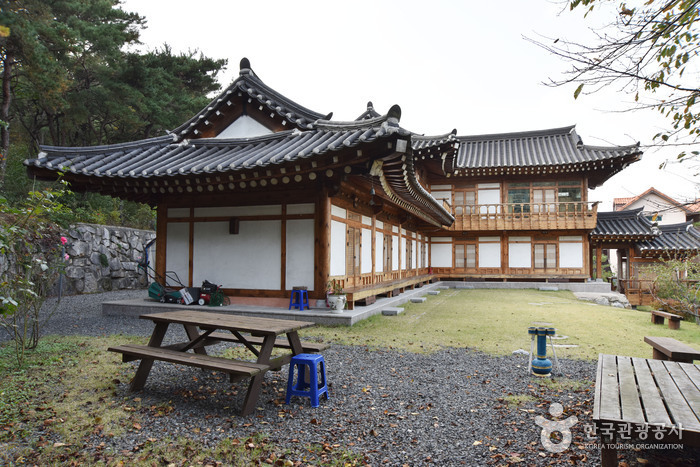
![Petroglyphs of Cheonjeon-ri [UNESCO World Heritage] (울주 천전리 명문과 암각화 [유네스코 세계유산])](http://tong.visitkorea.or.kr/cms/resource/14/3335114_image2_1.jpg)
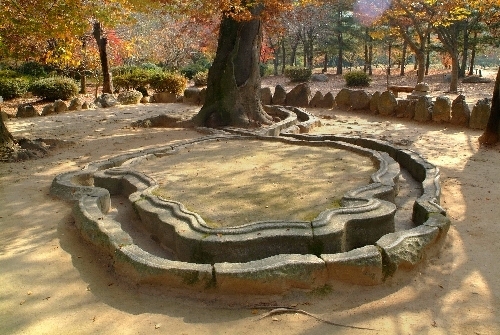
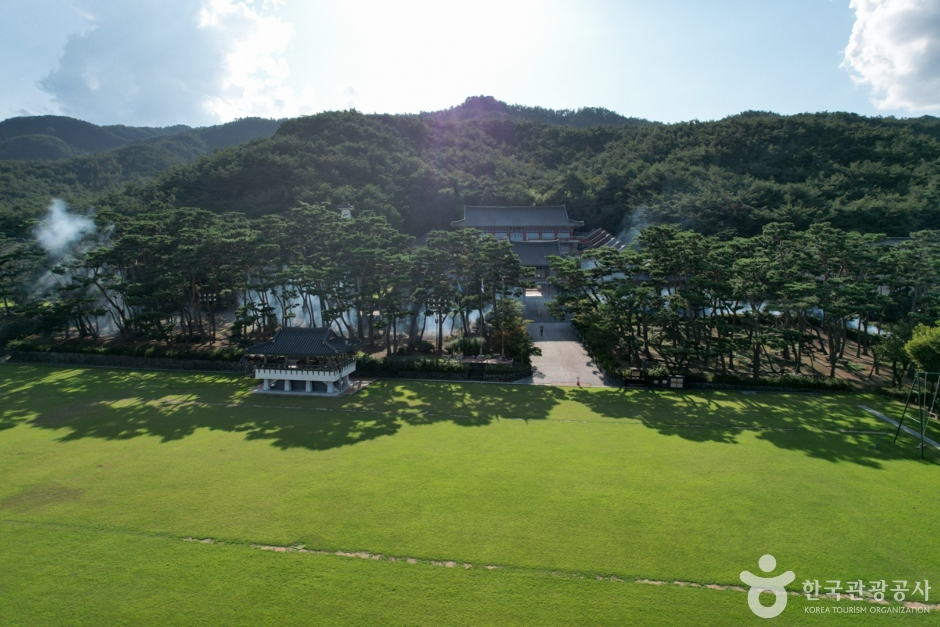
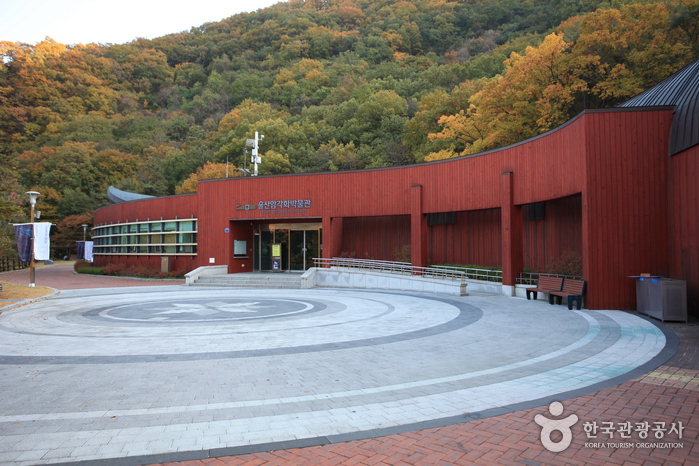
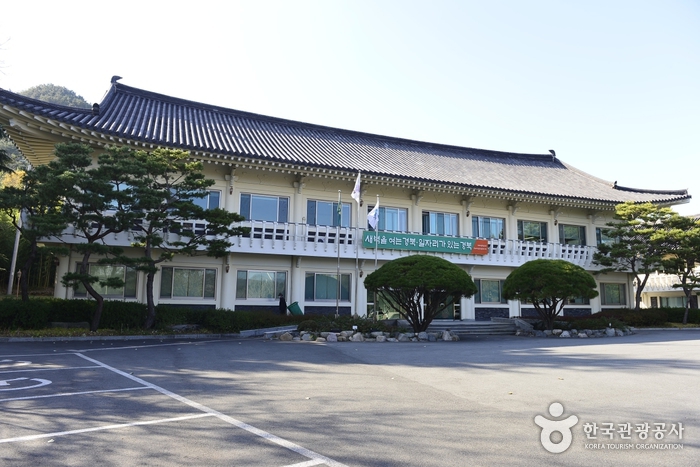
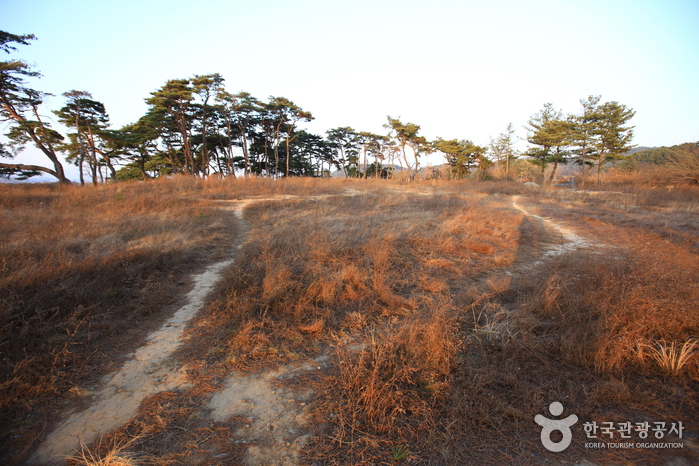
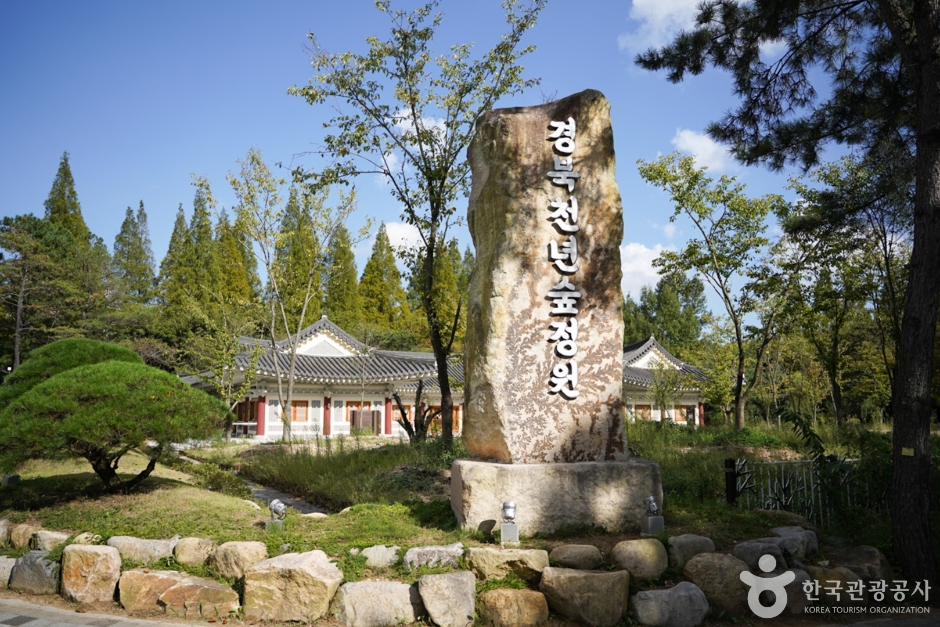
![Petroglyphs of Bangudae Terrace in Daegok-ri [UNESCO World Heritage] (울주 대곡리 반구대 암각화 [유네스코 세계유산])](http://tong.visitkorea.or.kr/cms/resource/29/2675629_image2_1.jpg)
 English
English
 한국어
한국어 日本語
日本語 中文(简体)
中文(简体) Deutsch
Deutsch Français
Français Español
Español Русский
Русский